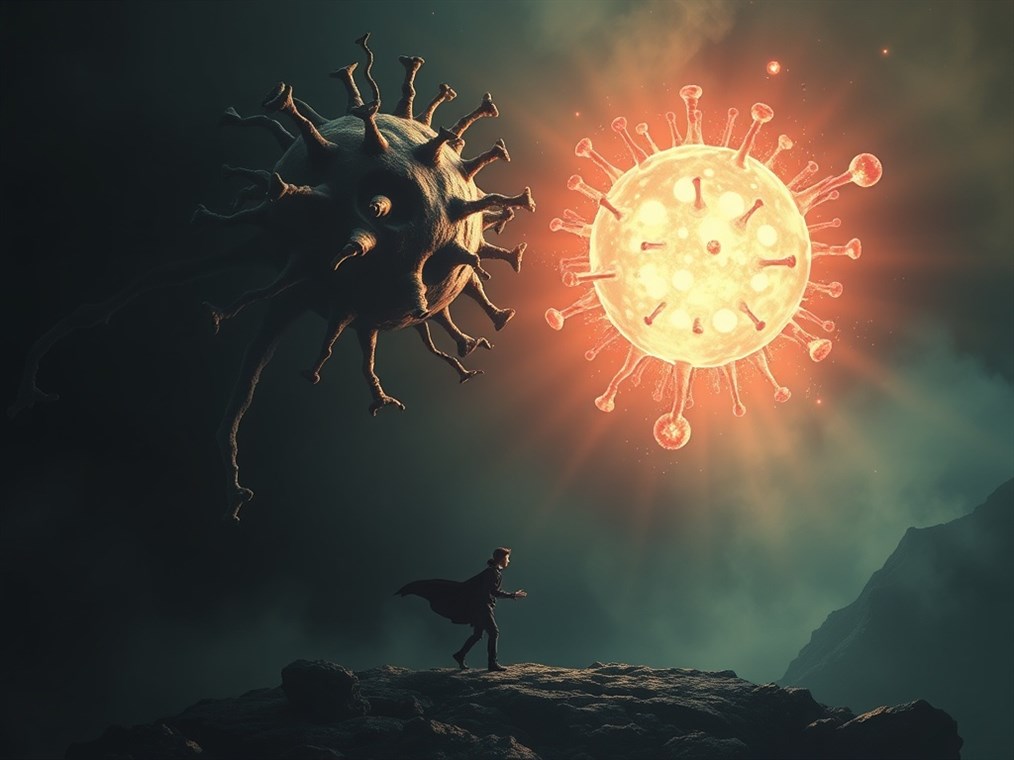Prontosil: The Drug That Gave Bacteria a Run for Their Money
Before penicillin waltzed onto the scene, bacterial infections were a terrifying reality. They were a leading cause of death, and doctors often felt helpless against them. Then came Prontosil, a game-changer that effectively fired the first shot in what became an all-out war against bacteria. Imagine a world where something as simple as a cut could turn deadly. That was life before Prontosil.
Discovered back in 1932 by Gerhard Domagk, a brilliant mind at Bayer Laboratories in Germany, Prontosil wasn’t just another drug; it was the first commercially available drug that actually worked against bacterial infections. Talk about a breakthrough! This discovery was so monumental that Domagk snagged the 1939 Nobel Prize in Physiology or Medicine for it. Ironically, the Nazi regime initially blocked him from accepting it – you can’t make this stuff up!
So, What Exactly Did Prontosil Conquer?
Prontosil proved to be a formidable foe against a whole host of bacterial baddies, especially those pesky streptococci. It was like the superhero of its time, tackling:
- Puerperal fever (childbed fever): This was a huge killer back in the day, a streptococcal infection that often struck after childbirth. Prontosil helped bring those numbers way, way down.
- Meningitis: This inflammation of the brain and spinal cord membranes is no joke, and Prontosil offered a real fighting chance.
- Pneumonia: An infection that inflames the air sacs in one or both lungs.
- Erysipelas: A spreading skin infection.
- Staphylococcal infections: Infections caused by staphylococcus bacteria.
- Scarlet fever: A bacterial illness that develops in some people who have strep throat.
- Blood poisoning: Also known as septicemia.
Seriously, Prontosil was a lifesaver. It dramatically reduced the number of people dying from these infections. And here’s a heartwarming tidbit: Domagk even used Prontosil to save his own daughter, Hildegard, from a nasty streptococcal infection. Talk about putting your money where your mouth is!
The Secret Life of Prontosil: A Prodrug’s Tale
Here’s a fun fact: Prontosil itself isn’t the active ingredient that fights bacteria. It’s more like a secret agent in disguise. In 1935, some clever researchers at the Pasteur Institute in Paris figured out that Prontosil gets transformed in the body into sulfanilamide. Think of it like this: Prontosil is the package, and sulfanilamide is the actual gift inside.
This transformation involves breaking a chemical bond in Prontosil, which then releases sulfanilamide. Sulfanilamide then gets to work, stopping bacteria in their tracks by messing with their ability to make folic acid. Folic acid is essential for bacteria to survive, and sulfanilamide cleverly blocks the enzyme they need to produce it. It’s like throwing a wrench in their machinery!
The Sun Sets, But the Legacy Shines On
As newer and more powerful drugs like penicillin came along, Prontosil eventually took a backseat. These new drugs often had fewer side effects and could target a wider range of bacteria. But make no mistake: Prontosil’s discovery was a pivotal moment. It ushered in the age of antibacterial drugs and completely changed the course of medical research. Even today, sulfonamide-based drugs, descendants of Prontosil, are still used to treat infections, often in combination with other medications. That’s a pretty impressive legacy, wouldn’t you say?
A Few Bumps in the Road: Prontosil’s Side Effects
Now, let’s be real. Prontosil wasn’t perfect. Like any drug, it had its downsides. Some people experienced side effects like:
- Nausea
- Headache
- Dizziness
- Hallucinations
- Psychosis
- Cyanosis (bluish discoloration of the skin due to lack of oxygen)
- Skin discoloration
Scientists later discovered that sulfonamides can even mess with the nervous system by affecting neurotransmitters like serotonin and dopamine. It’s a reminder that even the most groundbreaking drugs can have unintended consequences.
The Final Verdict
Prontosil may not be the star of the show anymore, but it deserves a standing ovation for its contributions to medicine. It was the first real weapon against many bacterial infections and paved the way for the amazing antibiotics we have today. So, while it might be a name from the past, Prontosil’s impact on our present and future health is undeniable. It’s a true testament to the power of scientific innovation in the ongoing battle against disease.

